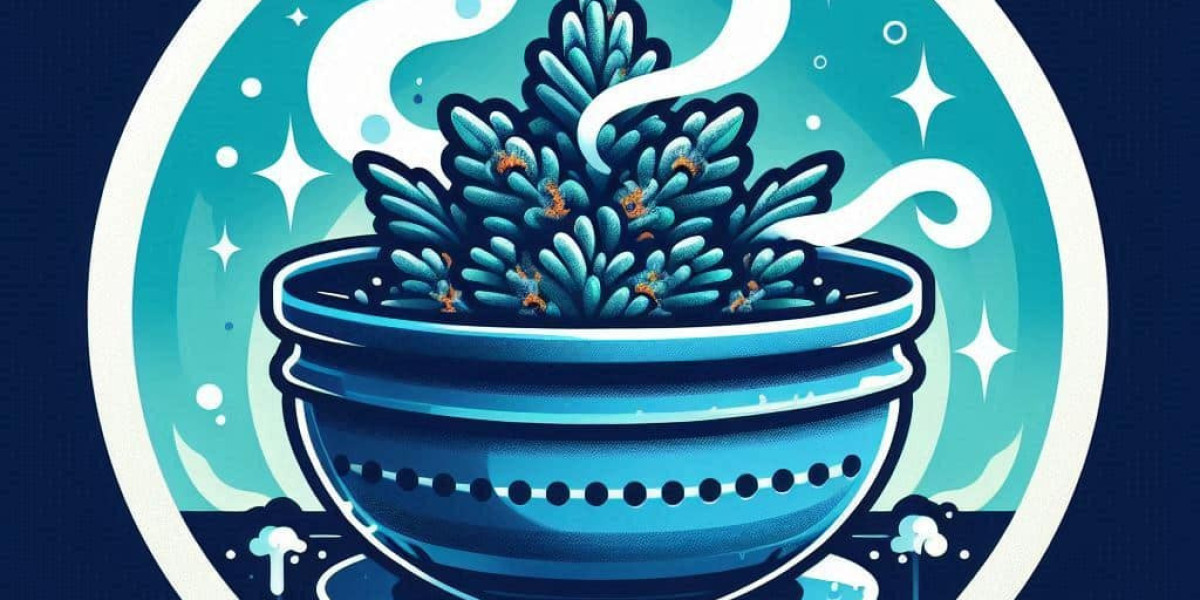Known for its balanced effects and sweet berry aroma, Blue Dream is a favorite among both novice and experienced growers. But to truly unlock its potential, growers often turn to cannabis training techniques. These methods not only help increase yields but also improve overall plant health and bud quality.
Training cannabis is a hands-on process that involves manipulating the plant’s growth to optimize light exposure and airflow. For a strain like Blue Dream, which naturally grows tall and bushy, training is especially beneficial. Without it, the plant can become too dense, leading to mold issues and uneven bud development.
One of the most effective training techniques for Blue Dream is Low Stress Training, or LST. This method involves gently bending and tying down branches to encourage horizontal growth. By spreading out the canopy, more light reaches the lower parts of the plant, resulting in more uniform bud production. LST is ideal for Blue Dream because it responds well to gradual shaping and tends to recover quickly from minor stress.
Another popular method is topping, which involves cutting off the top of the main stem to encourage the plant to grow multiple colas instead of one central one. Blue Dream’s vigorous growth makes it an excellent candidate for topping, as it quickly bounces back and fills out with new growth. Combining topping with LST can lead to a wide, even canopy that maximizes light exposure and airflow.
For growers looking to push their Blue Dream plants even further, techniques like Screen of Green (ScrOG) can be highly effective. This involves placing a screen above the plant and weaving branches through it as they grow. The result is a flat, even canopy that takes full advantage of available light. Blue Dream’s flexible branches and rapid growth make it well-suited to this method, often producing impressive yields when trained properly.
Of course, successful training also depends on timing. It’s important to start early, usually during the vegetative stage, when the plant is still flexible and can recover quickly from stress. Waiting too long can lead to broken branches or stunted growth. Regular monitoring and gentle handling are key to avoiding damage and ensuring the plant thrives.
Nutrient management and proper watering also play a crucial role in supporting trained plants. Blue Dream tends to be a hungry strain, especially when it’s growing vigorously due to training. Providing balanced nutrients and maintaining a consistent watering schedule will help the plant stay healthy and productive.
Training cannabis isn’t just about bigger yields—it’s about building a relationship with your plants. Each bend, tie, and trim is a step toward understanding how your Blue Dream responds and adapts. Over time, this hands-on approach leads to not only better harvests but also a deeper appreciation for the growing process.
For those interested in starting their own Blue Dream journey, quality genetics are essential. The site https://thebluedreamseeds.com offers a reliable source for authentic Blue Dream seeds, ensuring that growers begin with the best possible foundation.
In the end, training Blue Dream is both a science and an art. With patience, care, and the right techniques, growers can transform this already exceptional strain into something truly extraordinary.








